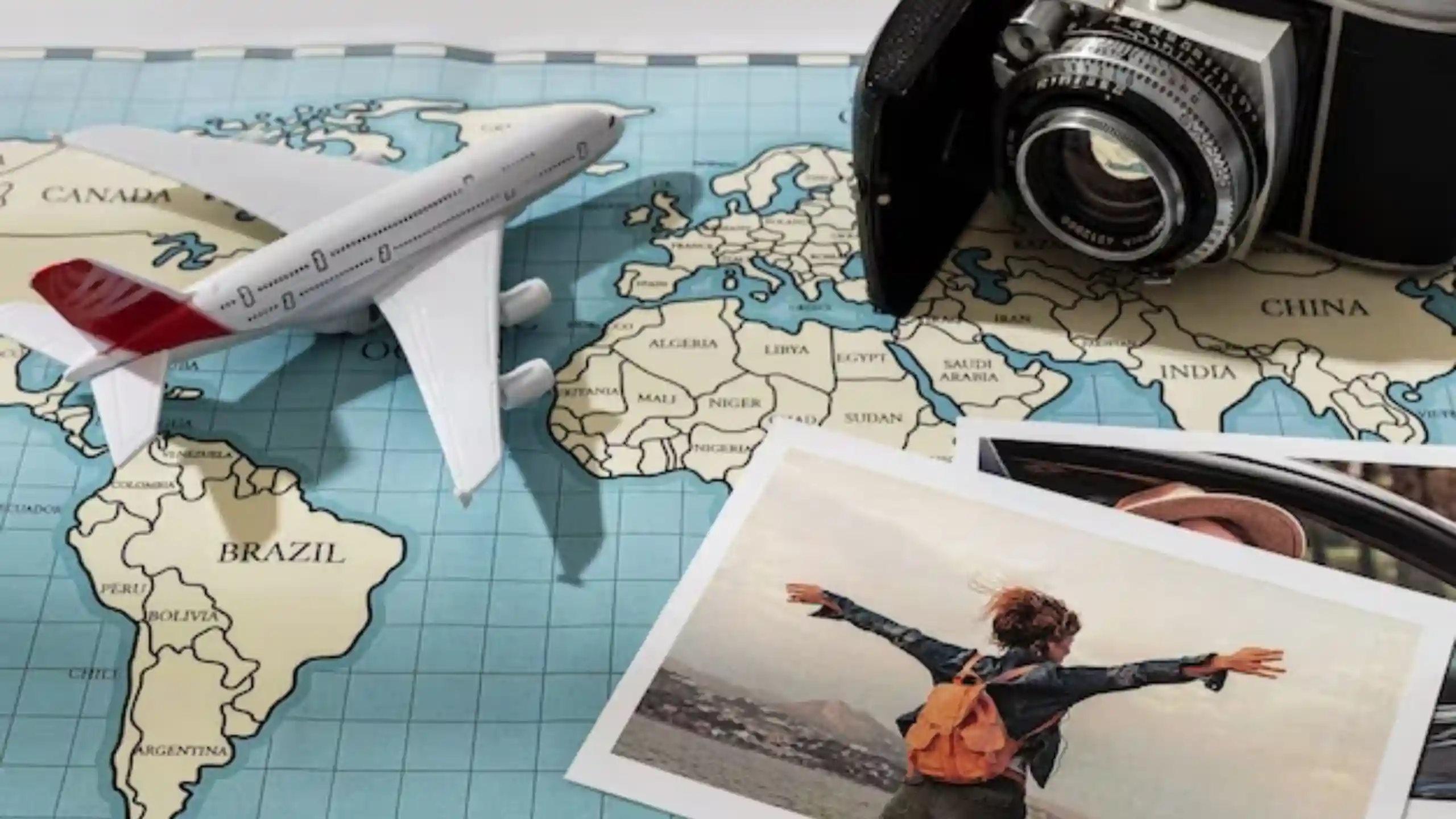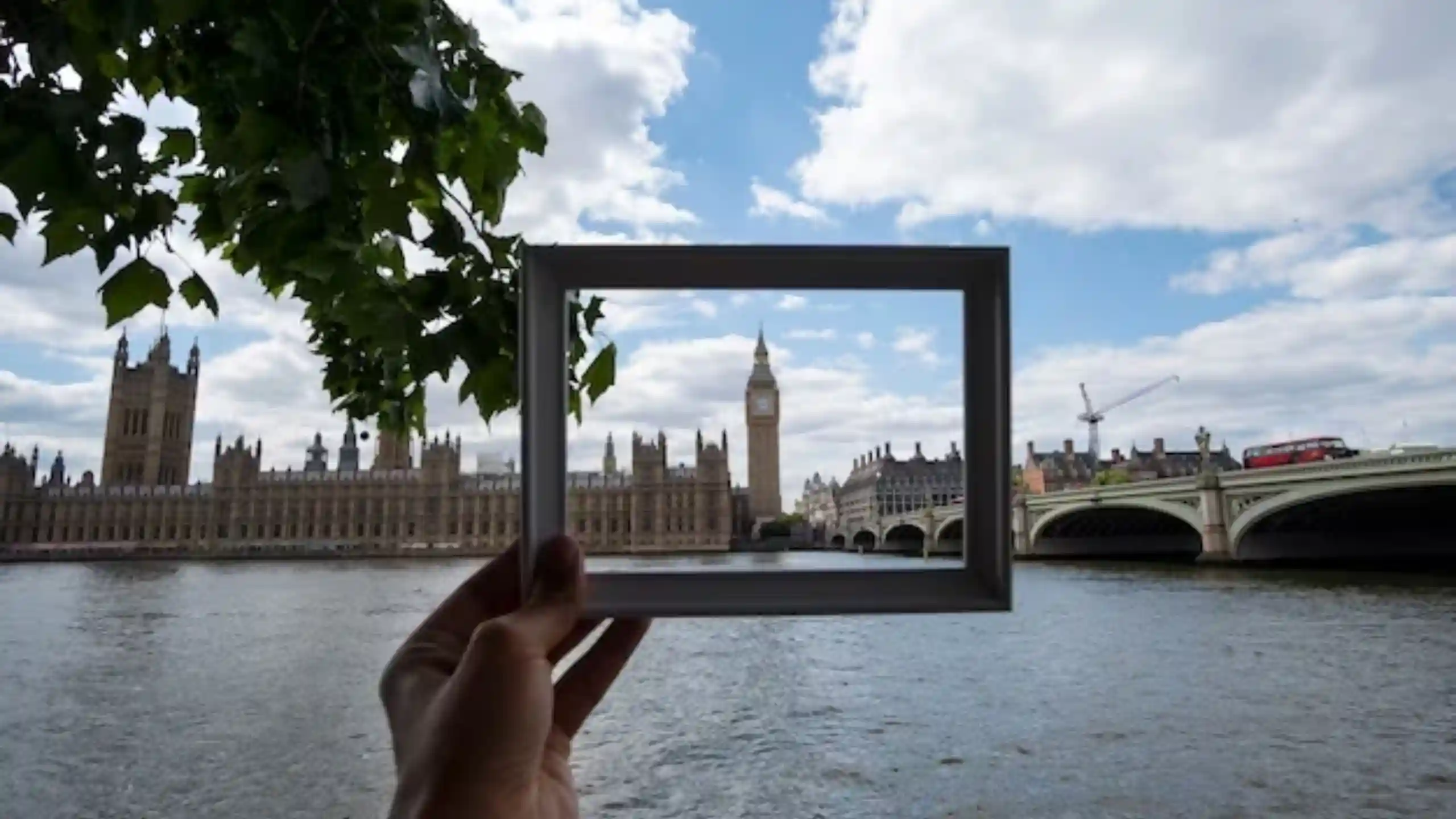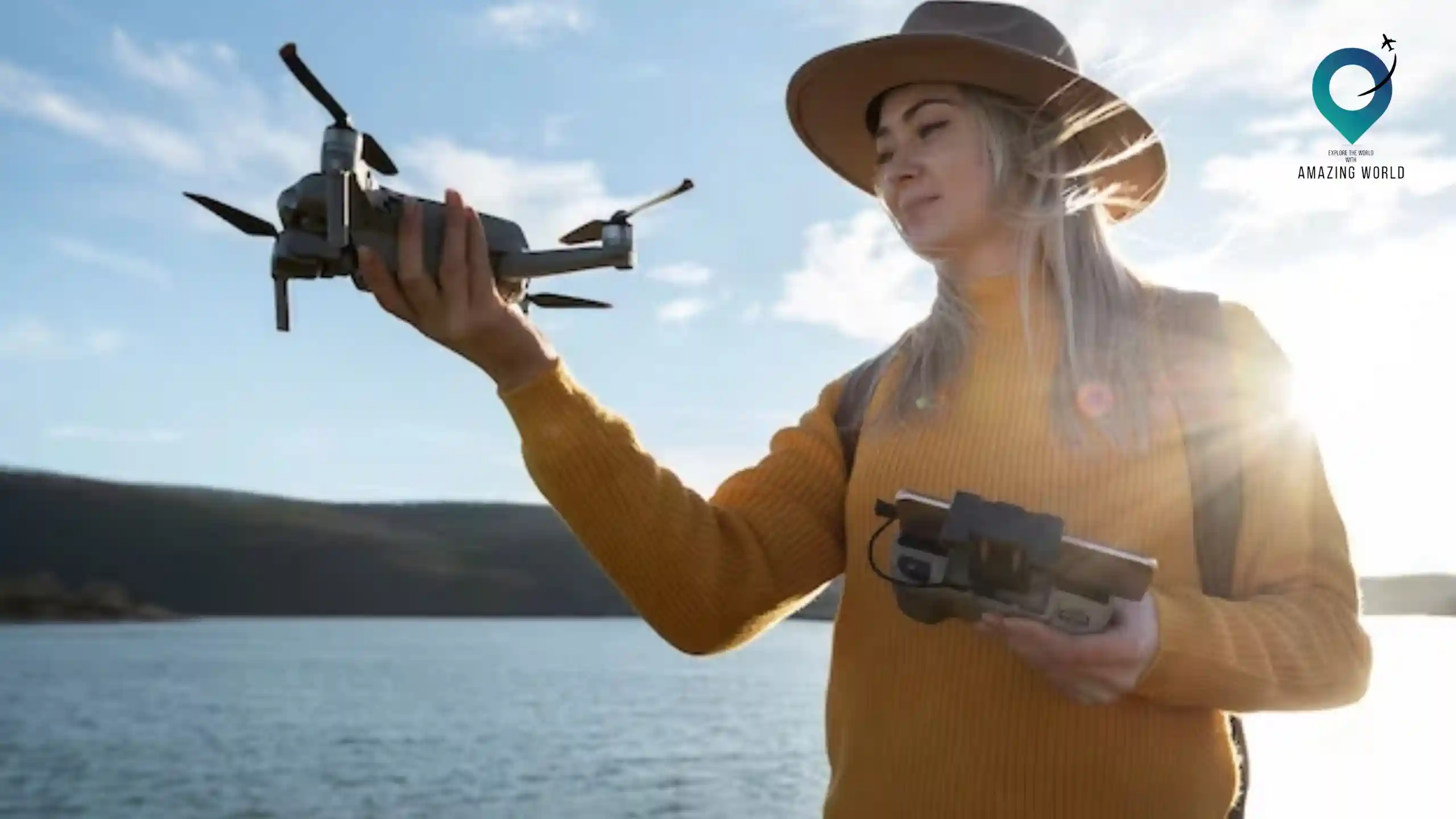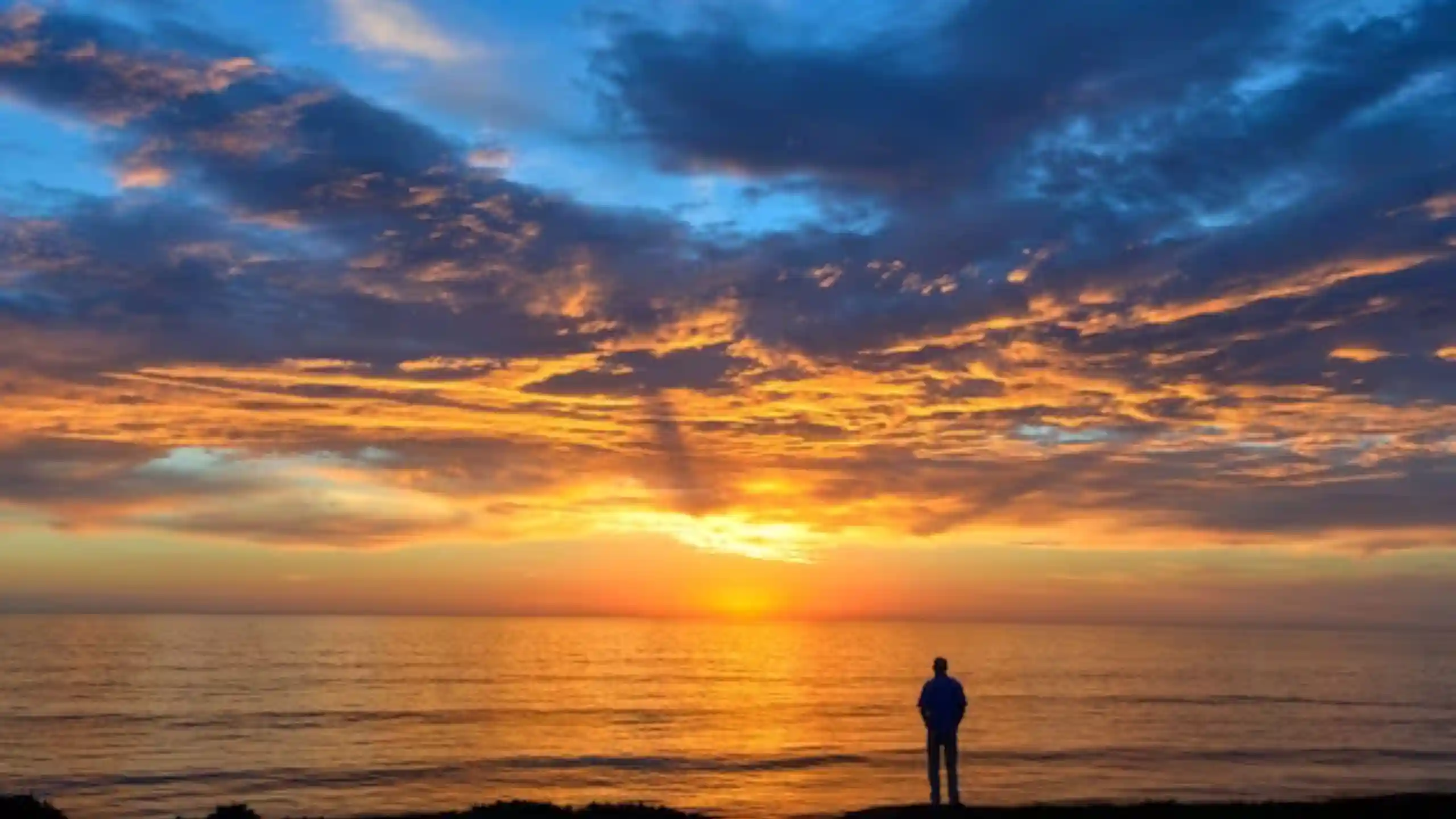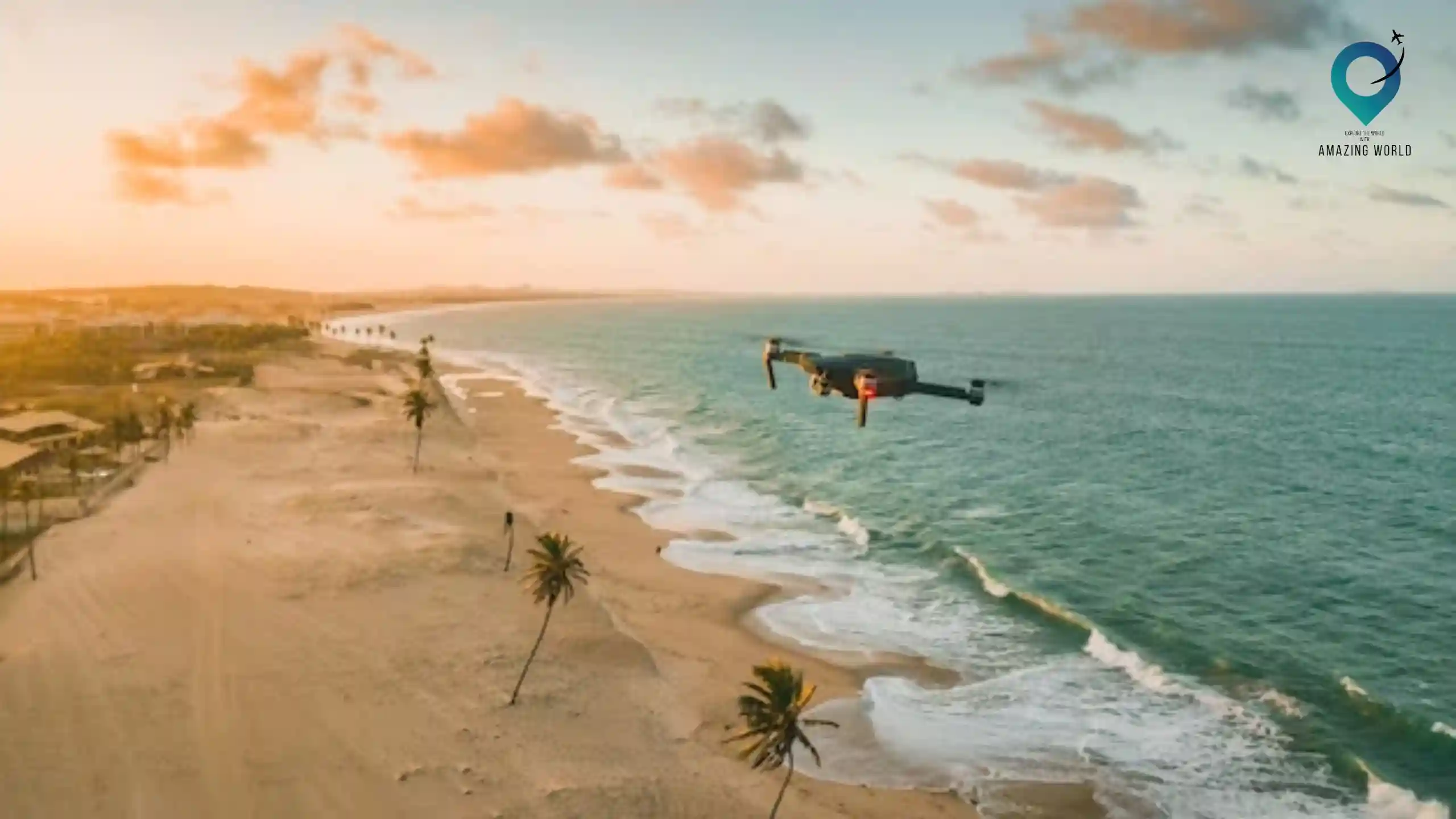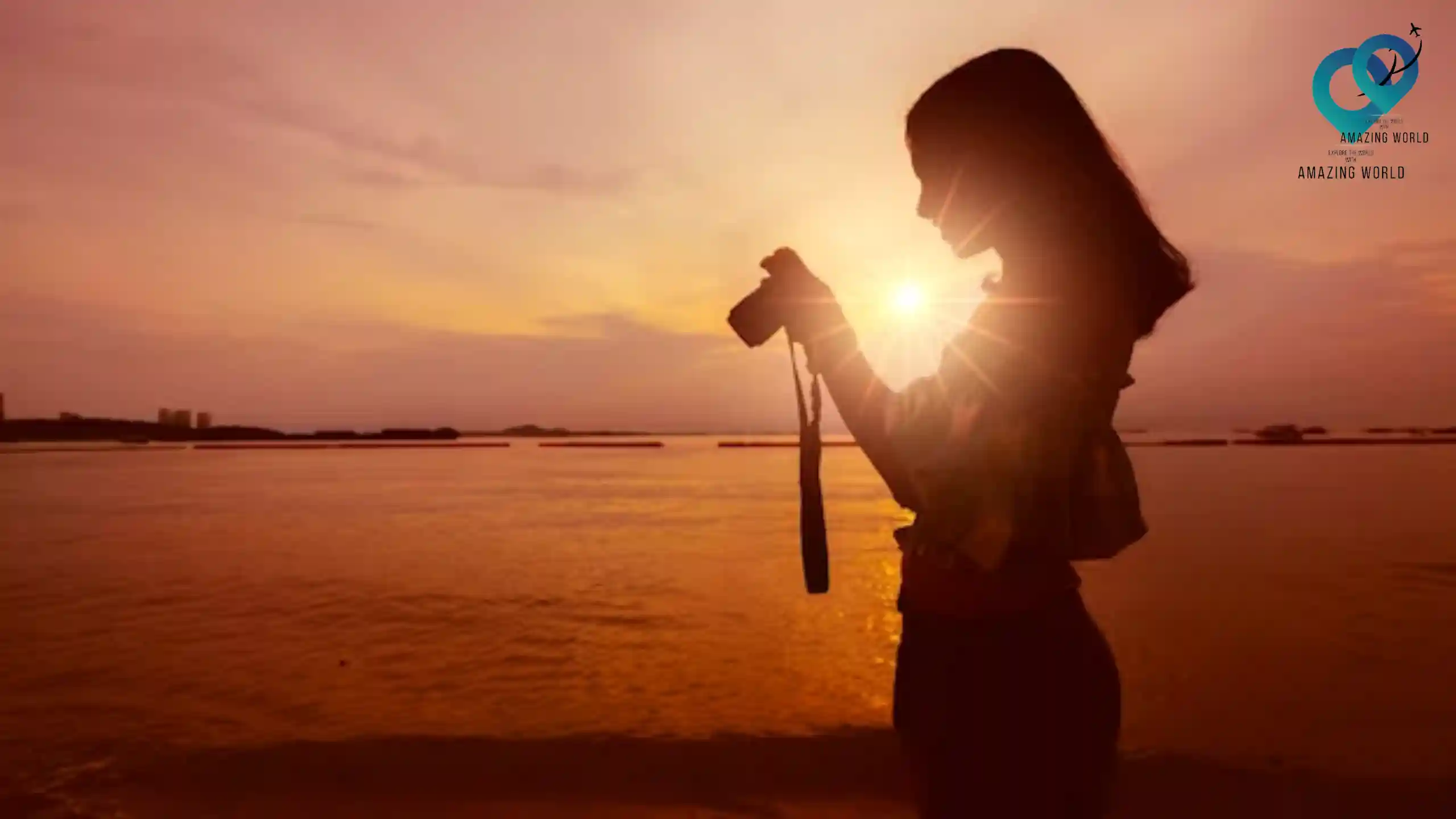Vintage Travel Photography: The Charm of Capturing Vintage Travel Photography
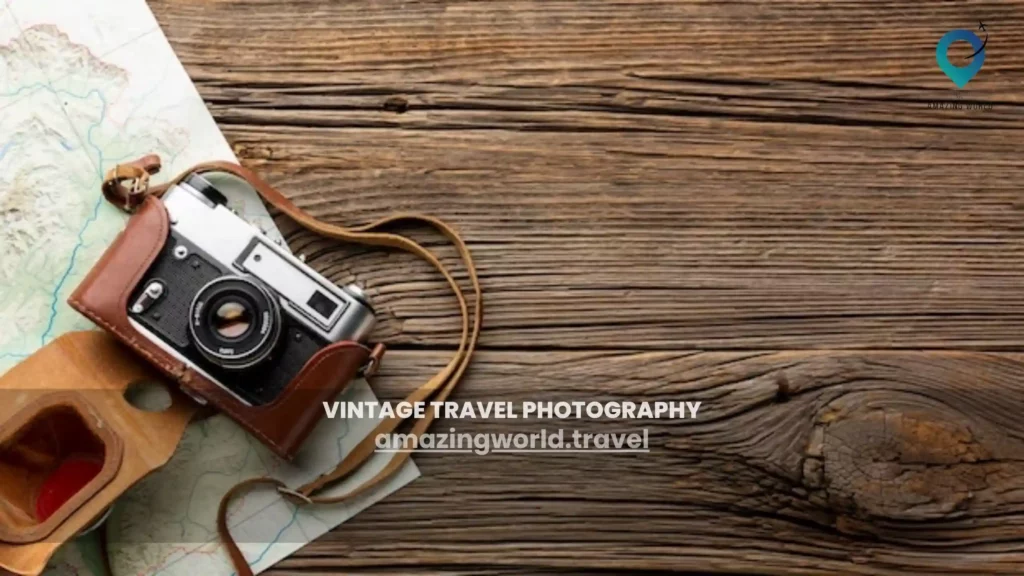
In an era marked by the lightning-fast pace of technological innovation, there exists a timeless charm that harks back to a simpler, more nostalgic time. Welcome to the captivating world of vintage travel photography, where the past comes alive through the lens of history.
As we embark on a journey through the pages of time, the alluring blend of “vintage” and “travel photography” takes us on a visual expedition like no other. With each photograph, we unlock a portal to bygone eras, where sepia tones and candid captures reveal narratives woven into the fabric of yesteryears.
Let’s traverse the landscapes of the past, exploring the nuances of vintage aesthetics, the art of capturing unfiltered authenticity, and the rich tapestry of cultures that emerge from each faded frame.
Join us as we unpack the mystique, nostalgia, and undeniable artistic allure that define vintage travel photography – a portal to our shared human heritage.
What is Vintage Photography?
Vintage photography isn’t just a collection of old photographs; it’s an art form that transcends time. It involves capturing images in a style that emulates the visual characteristics of photographs from a bygone era. Vintage photography aims to evoke a sense of nostalgia and transport viewers to a different time, allowing them to experience the aesthetics and emotions of the past.
This style often emphasizes softer tones, muted colors, and a certain level of imperfection that comes with aging. It embraces the uniqueness of analog film and the quirks of early photography techniques. Vintage photography also pays homage to the techniques and limitations of photographers from history, creating a connection between contemporary photographers and their artistic predecessors.
How Do You Make Vintage Photography?
Creating vintage photography involves a combination of capturing images with a deliberate aesthetic in mind and applying post-processing techniques to enhance the vintage feel. Here’s how you can achieve it:
- Capture with Intent: Begin by understanding the era you want to evoke. Research the photography styles, equipment, and techniques that were popular during that time. Frame your shots to reflect the composition and storytelling prevalent in vintage photographs.
- Choose the Right Equipment: While modern digital cameras can create vintage-like images, using analog film cameras or cameras with manual settings can help achieve an authentic vintage vibe. Experiment with different lenses and apertures to mimic the characteristics of older photography.
- Adjust Settings: In your camera settings, manipulate exposure, shutter speed, and aperture to mimic the lighting conditions of the past. Experiment with underexposing or overexposing shots to achieve the desired vintage effect.
- Select Subjects and Scenes: Vintage photography often includes subjects that resonate with a specific time period. Consider using vintage clothing, props, or settings that evoke a sense of history.
- Post-Processing: Post-production is where the magic truly happens. Use photo editing software to fine-tune the vintage look. Apply filters that emulate film grain, faded colors, and vignettes. Experiment with color correction to achieve the right tone and mood.
- Texture and Effects: Add texture overlays to replicate the tactile quality of old photographs. This can include simulating the look of aged paper, scratches, and creases.
- Experiment with Filters: Utilize various presets or custom adjustments to enhance specific vintage characteristics, such as sepia tones, cyanotypes, or Polaroid-style effects.
- Balance Authenticity: Strive to strike a balance between authenticity and artistic interpretation. While the goal is to evoke the past, you have the creative freedom to add your own flair.
How Do I Find the Photographer of an Old Photo?
Unraveling the identity of the photographer behind an old photo can be an intriguing journey through history. Here’s a step-by-step guide on how to go about it:
- Examine the Photo: Start by thoroughly analyzing the photograph. Look for any clues within the image itself, such as a signature, watermark, or studio logo. These markings could lead you to the photographer’s identity.
- Check the Back: Flip the photograph over and inspect the back. Sometimes, photographers used stamps or write their names, addresses, or other details on the back of the photo.
- Date the Photo: Determine the approximate date of the photograph. This can provide insight into the time period during which the photographer was active. Clothing styles, props, and photographic techniques can help you estimate the era.
- Local Historical Societies and Archives: Visit local historical societies, libraries, and archives that specialize in preserving historical documents and photographs. They might have records related to photographers who operated in the area.
- Online Resources: Utilize online platforms that focus on historical photography. Websites dedicated to genealogy, local history, and vintage photography often have databases of photographers and their work.
- Photography Directories: Refer to historical photography directories or databases. These directories list photographers and studios along with their locations and working years.
- Professional Organizations: In some cases, photographers might have been members of professional organizations or associations. Researching these organizations could provide valuable information.
- Expert Assistance: If you’re facing challenges in identifying the photographer, consider reaching out to experts or historians specializing in photography history. They might have insights and resources that can help.
Remember that uncovering the photographer’s identity can be a bit like solving a puzzle. Patience, persistence, and a keen eye for detail are key.
What is the Vintage Photo Effect?
The vintage photo effect is a digital technique used to simulate the appearance of aged and weathered photographs. It’s a post-processing approach that adds a nostalgic and antique charm to modern images. Here’s a breakdown of how the vintage photo effect is achieved:
- Color Palette: Vintage photographs often exhibit muted colors and subtle tonal shifts. To replicate this, the effect involves desaturating certain colors, adjusting contrast, and creating a slightly faded appearance.
- Aging Effects: The vintage look includes elements that suggest the passage of time. This can be simulated by adding artificial scratches, creases, and even simulated dust or specks.
- Vignetting: Many older photographs naturally develop a vignette effect due to the limitations of the camera lenses of the time. This effect can be recreated by darkening the edges of the image, drawing focus toward the center.
- Film Grain: Vintage photos taken on film often exhibit a characteristic graininess. Applying a controlled level of grain in post-processing helps mimic the appearance of the film.
- Light Leaks: Older cameras sometimes experienced light leaks that affected the final image. Adding subtle light leaks can enhance the vintage feel.
- Sepia Tones: Sepia-toned images were common in early photography due to the type of chemicals used in the printing process. Applying sepia tones gives images a warm, brownish hue.
- Texture Overlays: Overlaying textures, such as paper textures, can add depth and tactile qualities that evoke the feel of old photographs.
- Softening: Vintage photographs often have a soft focus due to lens limitations. Applying a controlled blur can create a similar effect.
A vintage photo effect is a versatile tool that can be adjusted to suit different eras and moods. It’s a way to infuse contemporary images with a touch of history, evoking a sense of nostalgia and connection to the past.
What Makes a Photo Vintage?
A vintage photo isn’t merely defined by its age; it’s a culmination of elements that collectively transport the viewer to a different era, evoking emotions, memories, and a sense of nostalgia. Here’s what contributes to making a photo truly vintage:
Timeless Aesthetics: Vintage photos possess an enduring beauty that defies the constraints of time. Their aesthetic appeal remains captivating across decades, making them resonate with viewers regardless of the era.
Narrative Value: Each vintage photograph tells a story, often without words. It captures a moment frozen in time, allowing us to peer into history and the lives of those who lived before us.
Historical Context: Vintage photos are windows to the past, offering a glimpse into the way people lived, dressed, and interacted in bygone days. They hold valuable historical information and serve as visual records of cultural and societal changes.
Sense of Adventure: Vintage travel photography, in particular, encapsulates the spirit of adventure. These images take us on a journey to places and times we might never experience firsthand, igniting our imagination and wanderlust.
Escape from the Mundane: Vintage photos offer an escape from the routine and monotony of modern life. They remind us of simpler times, when the pace was slower and technology wasn’t all-encompassing.
Unfiltered Authenticity: Unlike the polished and edited images of today, vintage photos capture genuine, unfiltered moments. They showcase raw emotions and candid expressions, revealing the authenticity of the subjects.
Cultural Diversity: Vintage photos portray the diversity of cultures, fashions, and traditions that existed in the past. They serve as a testament to the rich tapestry of human history and the unique stories of different societies.
Evoke Nostalgia: The primary essence of vintage photos is their ability to evoke nostalgia. Even if we didn’t live through the times depicted, these images stir up a sense of longing for moments we never experienced firsthand.
Artistic Expression: Vintage photographers expressed their creativity through their lens. Their compositions, use of light and shadow, and choice of subjects all contribute to the artistic value of vintage photos.
Mystique and Imagination: The antiquity of vintage photos invites us to imagine the untold stories behind them. We find ourselves pondering the lives of the people in the photographs, filling in the gaps with our imagination.
In essence, what makes a photo vintage isn’t just the passage of time, but the emotions it evokes, the stories it tells, and the connection it fosters between eras. Vintage photos bridge the gap between history and the present, reminding us of the richness of the human experience across time.
Aspects that Contribute to the Charm of Vintage Travel Photography
Vintage travel photography holds a unique allure that goes beyond mere visuals. It transports us to different times and places, inviting us to experience the world through the eyes of past travelers. The charm of vintage travel photography is woven from several intricate threads:
Timeless Aesthetics: Vintage travel photos possess an enduring visual appeal that transcends eras. The composition, lighting, and framing techniques used by photographers of the past create images that remain captivating even in the digital age.
Narrative Value: Each vintage travel photograph is a visual story. These images provide a glimpse into the experiences, cultures, and encounters of travelers from days gone by. They offer a rich narrative that bridges the gap between past and present.
Historical Context: Vintage travel photography acts as a portal to history. These images capture landmarks, landscapes, and people in a context that reflects the social, political, and cultural environment of the time. They are windows into the world as it once was.
Sense of Adventure: Vintage travel photos embody the spirit of exploration and adventure. They evoke a time when travel was often a daring escapade into the unknown, highlighting the curiosity and bravery of early travelers.
Escape from the Mundane: Vintage travel photography offers an escape from the ordinary. These images transport us to exotic locales, inviting us to daydream about faraway places and experience a sense of wonder in the midst of our everyday lives.
Unfiltered Authenticity: Authenticity is a hallmark of vintage travel photos. These images capture candid moments and unposed scenes, presenting a genuine view of the people, cultures, and landscapes encountered during the journey.
Cultural Diversity: Vintage travel photography celebrates the diversity of human cultures. These images document local customs, traditions, and ways of life, showcasing the rich tapestry of our global heritage.
Evoke Nostalgia: Vintage travel photos evoke a profound sense of nostalgia, even in viewers who never experienced the depicted era. The longing for a simpler time and the curiosity about the past are kindled by these images.
Artistic Expression: Vintage travel photographers were artists in their own right. Their use of composition, lighting, and perspective adds an artistic layer to these photos, elevating them beyond mere documentation.
Mystique and Imagination: Vintage travel photos carry an air of mystery and intrigue. The limited technology of the time often left details to the imagination, sparking curiosity about the stories and experiences behind each image.
The charm of vintage travel photography lies in its ability to transport us through time and space, igniting our sense of wonder, curiosity, and appreciation for the world’s diversity and history. These images not only capture moments but also offer a multi-dimensional glimpse into the past, making them treasures for both travelers and history enthusiasts alike.
Conclusion
In the world of photography, vintage travel photography stands as a testament to the magic of the past, the artistry of photographers who captured these moments, and the significance of preserving our collective heritage. Beyond mere images, vintage travel photography encapsulates the essence of eras long gone, inviting us to explore and appreciate the world through the eyes of those who journeyed before us.
Each photograph becomes a time capsule, holding within it stories, emotions, and experiences that bridge the gap between the past and the present. The charm of vintage travel photography lies not only in its visual aesthetics but also in the emotions and narratives it carries. It serves as a portal to history, a window into different cultures, and a reminder of the beauty that exists beyond our modern world.
How much did you like Our detailed Vintage Travel Photography: The Charm of Capturing Vintage Travel Photography? Review Also, please share these Blogs with your friends on social media.
Related Article –
Vintage Travel Photography FAQs
How can I achieve the vintage photo effect with modern equipment?
To achieve the vintage photo effect, use photo editing software to apply techniques such as adjusting colors, adding texture, introducing light leaks, and mimicking film grain. Experiment with different settings to achieve the desired nostalgic look.
Are there specific filters or software for creating vintage photography?
Yes, there are various software options and filter packs available that specialize in creating vintage effects. Popular choices include Adobe Lightroom, VSCO, and various presets available online.
Where can I find resources to trace the history of an old photograph?
Local historical societies, libraries, and online platforms dedicated to genealogy and history are valuable resources. Archives, photography directories, and experts in photography history can also provide insights.
What distinguishes vintage photography from other retro styles?
Vintage photography focuses on recreating the aesthetics of a specific era, often using techniques and equipment from that time. It aims to evoke a sense of nostalgia and connection to history. Other retro styles may reference different time periods and aesthetics.
Can I blend modern and vintage photography techniques?
Absolutely! Mixing modern and vintage photography techniques can yield unique and creative results. You can combine contemporary equipment with vintage-inspired editing to create a fusion of old and new.

Meet David Hoper, a passionate travel Blog writer with 7+ years of experience in travel content. Through his exemplary storytelling and engaging narratives, he shares his experiences and brings destinations to life. With a keen eye for detail and a love for exploration, he has cultivated a diverse portfolio of travel blogs that inspire and inform readers worldwide.
